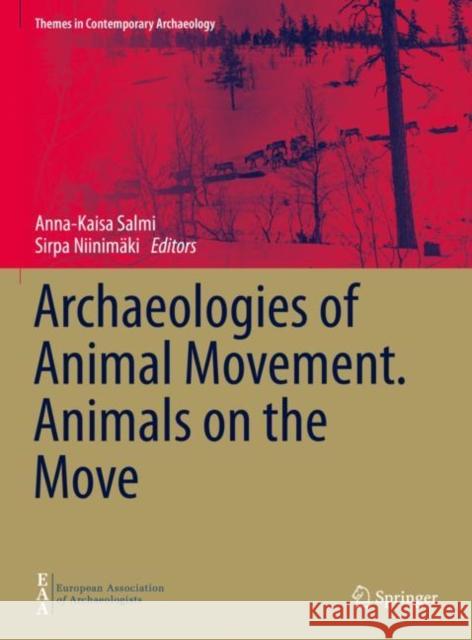Archaeologies of Animal Movement. Animals on the Move » książka
topmenu
Archaeologies of Animal Movement. Animals on the Move
ISBN-13: 9783030687434 / Angielski / Twarda / 2021 / 106 str.
Archaeologies of Animal Movement. Animals on the Move
ISBN-13: 9783030687434 / Angielski / Twarda / 2021 / 106 str.
cena 441,75
(netto: 420,71 VAT: 5%)
Najniższa cena z 30 dni: 424,07
(netto: 420,71 VAT: 5%)
Najniższa cena z 30 dni: 424,07
Termin realizacji zamówienia:
ok. 22 dni roboczych.
ok. 22 dni roboczych.
Darmowa dostawa!
Kategorie BISAC:
Wydawca:
Springer
Seria wydawnicza:
Język:
Angielski
ISBN-13:
9783030687434
Rok wydania:
2021
Wydanie:
2021
Numer serii:
000793569
Ilość stron:
106
Waga:
0.54 kg
Wymiary:
28.96 x 21.59 x 1.02
Oprawa:
Twarda
Wolumenów:
01











